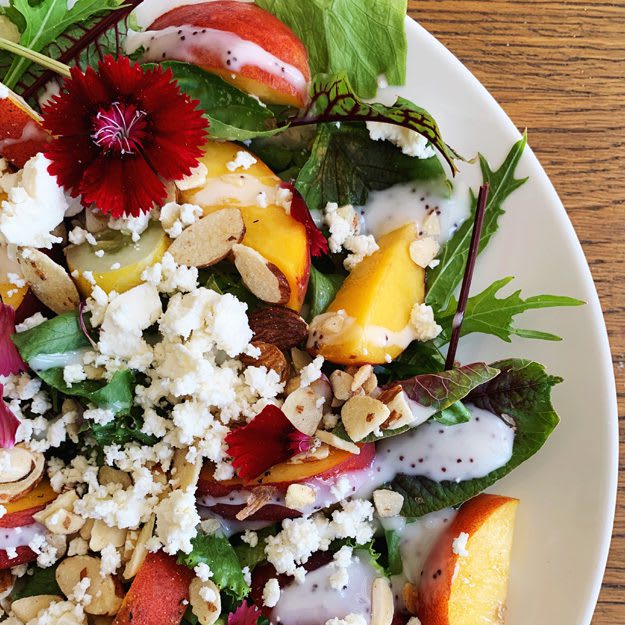
Companion Planting //Healthy //Herbs //Potager //Recipes
Potager Salad Philosophy
March 25
3 MIN READ
3 Comments
Salads You’ll Love to Eat
Salad inspiration for any season of the year.
We love browsing Pinterest for beautiful salad inspiration, but sometimes they can feel a little intimidating. Long ingredient lists aren’t a requirement for our salads. Instead, the Heirloom Potager salad philosophy is a simple philosophy to use fresh ingredients with pantry staples and a few classic recipes that enhance the best of the season. One thing that isn’t listed as a primary ingredient: a protein source (although we love adding beans to salads!). We consider proteins as an additional item that can be added to enhance any salad, but it shouldn’t be the focus.
The Heirloom Potager Salad Philosophy
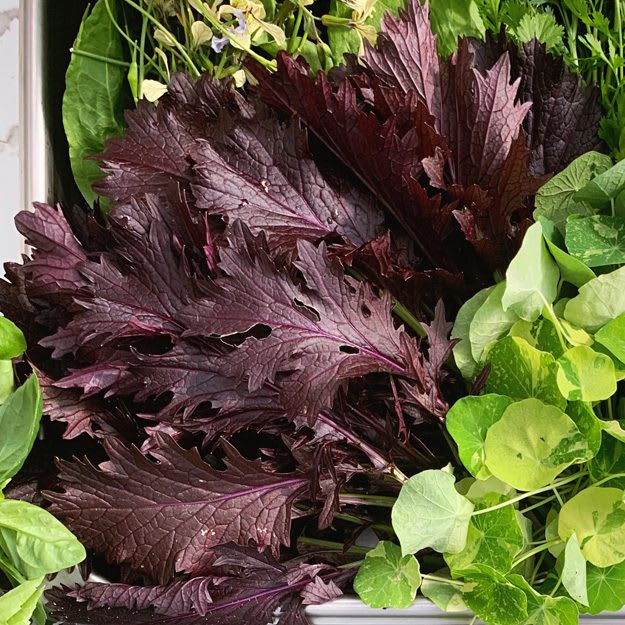
Salad Philosophy
Greens + Herbs
The bulk of any great salad is selecting the right greens for the flavors. Bitter greens are best paired with a sweeter fruit and mild, creamy cheese for balance. Softer greens can hold up to bolder fruits, vegetables, or cheese options. Look to incorporate colors and textures with your green selections. Seasonally, you can add unexpected greens like tender pea tendrils or broccoli leaves.
Arugula, buttercrunch, chard, kales, mesculen mix, mizuna, nasturtium, romaines, sorrel, spinach, watercress
We always bring extra flavor by incorporating fresh herbs into our salads. Herbs bring an unexpected surprise. A small amount can go a long way to creating a memorable meal.
Basil, chives, cilantro, dill, fennel, mints, parsley, thyme
Salad Philosophy
Fruits + Vegetables
Adding seasonal fruits and vegetables to your salad is where the magic really starts to happen. From sweet summer stone fruit, to roasted winter squash, and classics like cucumbers and tomatoes, we like to combine all sorts of flavor options for unique salads.
Our approach to fruit and vegetables is balance and an opportunity to showcase the best of the season. Tomatoes in winter aren’t going to taste the best, so use ingredients that are grown to be eaten during the right time of year. Eating seasonally also ensures we’re getting better nutrition when our bodies need it.
The secret to even better tasting fruits and vegetables is picking them fresh and seasoning them the way you most love to eat them. If that means roasting, roast some squash, cauliflower, or sweet potatoes. If you like a pickled bite, quick pickle onions, carrots, or cucumbers. And whatever you do, don’t forget to salt + pepper your tomatoes.
Beans, berries, brassicas, citrus, melons, potatoes, radishes, peas, stone fruit
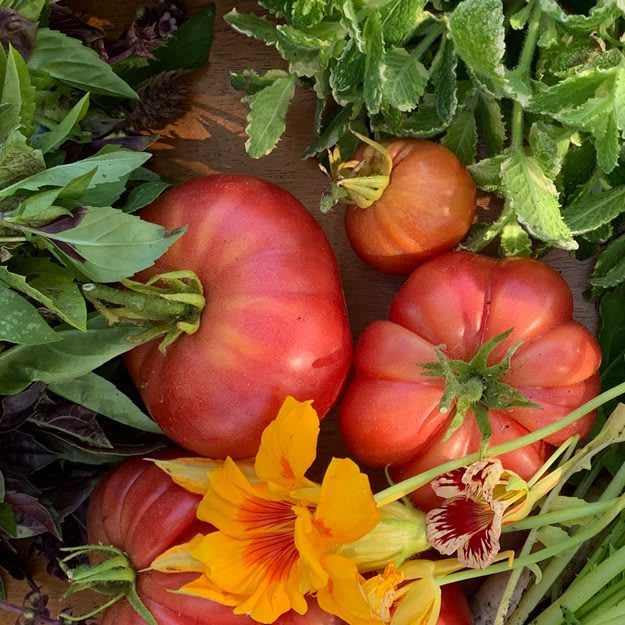
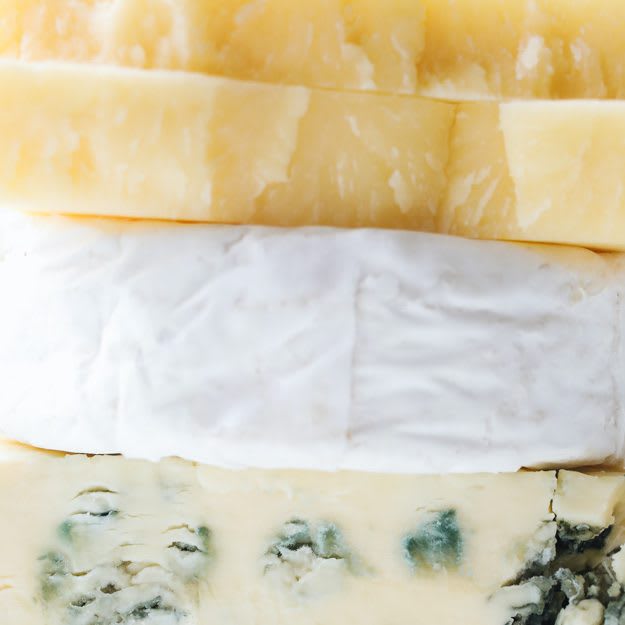
Salad Philosophy
Cheese
Being from the Midwest, it’s almost impossible to grow up with out a love for cheese.
However, we know that it’s not a flavor or texture that everyone loves (or has a body that enjoys processing it). The good news is that cheese will not make or break any salad option. If you have it, use it. We like to keep a few different texture and flavor profiles on hand to work with: a mild, crumbly option; something soft and creamy; and a hard, aged variety. The key is to remember that a little goes a long way.
Asiago, blue, burrata, cheddar, chevre, feta, manchego, mozzarella, parmesan
Salad Philosophy
Seeds + Nuts
For a healthy bit of crunch, nuts and seeds are a frequent crouton replacement. (Don’t fret, we love a good crouton too). Nuts and seeds have a broad range of individual flavors and size profile that make the overall texture of the salad pleasing. Sliced, chopped, or whole, pick your favorite options and add a few to a salad.
And don’t forget to spice it up. Sweet, savory, or spicy, nuts and seeds that have been roasted with herbs and spices are a great addition to salads.
Almonds, peanuts, pecans, pistachios, pumpkin seeds, quinoa, sesame seeds, sunflower seeds, walnuts
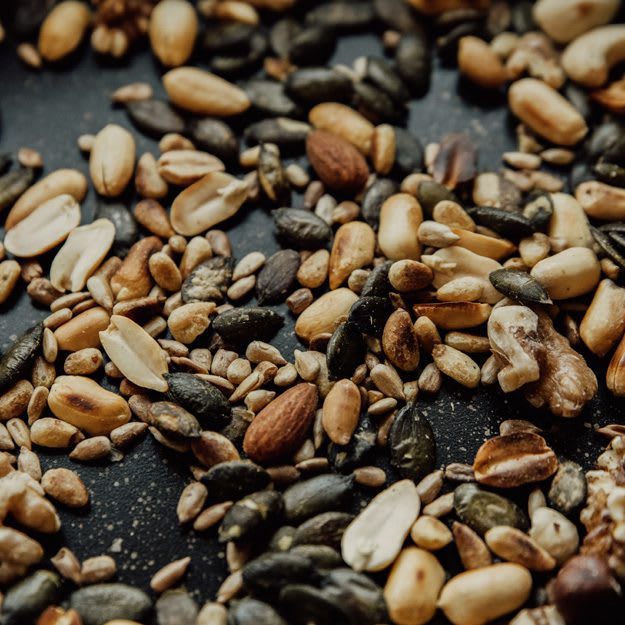
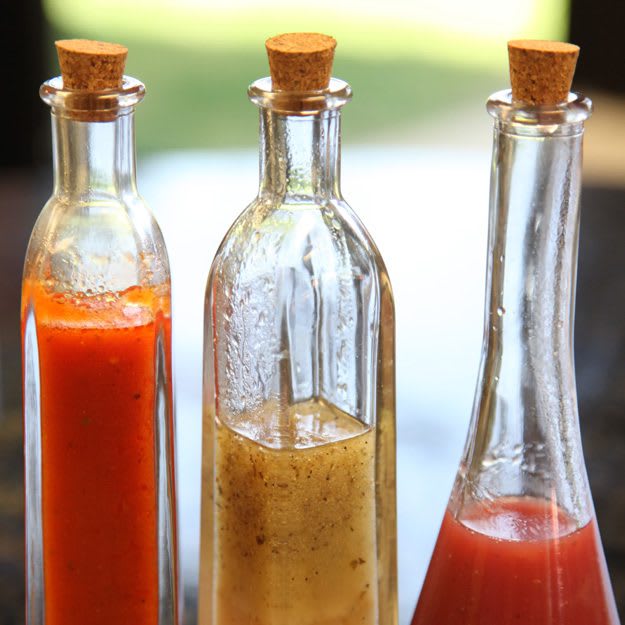
Salad Philosophy
Dressing
Our go-to salad dressing is a simple vinaigrette that can be infused with a variety of flavors to lean more sweet or more savory. The key is understanding the proportions of the base: three parts oil to one part acid. From there, you can start creating any type of vinaigrette profile that serves your fresh ingredients. We like to make ours in a small glass jar for easy cleanup, storage, and reuse.
For creamy dressings, we love to blend avocado rather than use a dairy-based or mayo option. Avocados are full of healthy fats and nutrients and more agreeable for digestion.
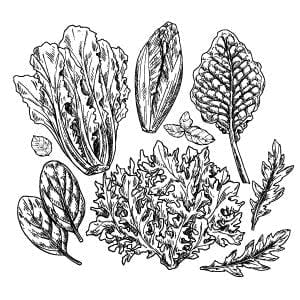

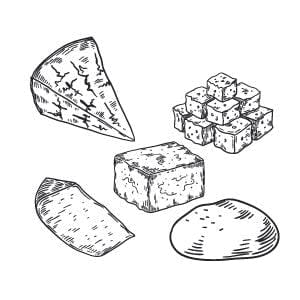


[…] those days when it’s just too warm to cook, this quick and hearty salad comes together with refreshing tomatoes and cucumbers from the garden. Double the herby Dijon […]
[…] But when the fridge feels bare, shopping my garden is even more rewarding. This simple fresh garden salad is delicious, can easily be modified, and uses all that Swiss chard you’re not sure why you […]
[…] On those days when it’s just too warm to cook, this quick and hearty salad comes together with refreshing tomatoes and cucumbers from the garden. Double the herby Dijon vinaigrette and you’ll have dressing for tomorrow’s salad. […]